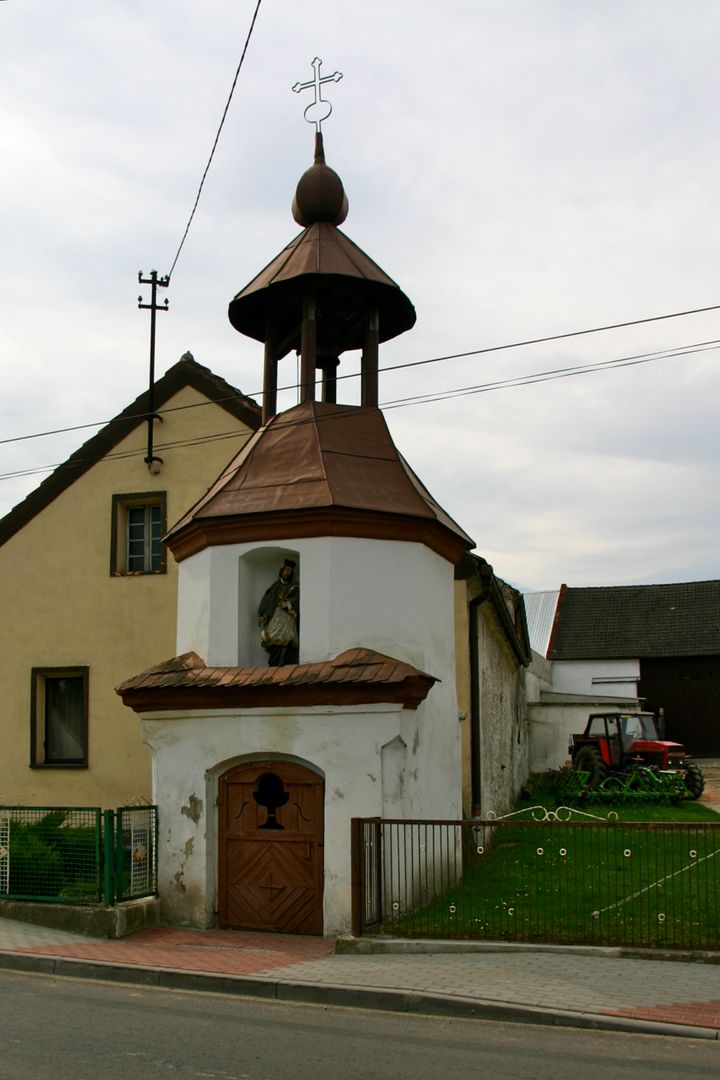Lower Błażejowice
6.51

Overview
Lower Błażejowice is a village in the Opole Voivodeship, located in the Prudnik district, known for its rich history and unique architectural and cultural values. With historical roots dating back to the 13th century, the village has been known under various names, including the German Blaschewitz. Over the centuries, it flourished under both German and Polish influences, which is reflected in its multilingual naming history. Artifacts from the Neolithic era, including pottery and iron tools, have been discovered in Lower Błażejowice, providing evidence of long-term human settlement in the area. In the 19th century, the village had its own seal and a range of artisanal activities. According to data from 1910, Polish was the dominant language, highlighting its complex cultural identity. After World War II, the village came under Polish administration, leading to the settlement of Poles and a German minority who spoke the Prudnik dialect. Lower Błażejowice is home to valuable historical monuments, such as an 18th/19th-century chapel-belfry and several smaller chapels, which underscore local religious traditions. The village also features a monument commemorating residents who lost their lives in World War I and World War II. The German Circle of Friendship is actively involved in promoting cultural events here, and tourist activities such as the "Pilgrim's Trail" route during the European Cycling Tourism Week are organized. The village maintains strong local traditions, making it an intriguing destination for both tourists and those seeking cultural experiences in the region.
Location
City
Głogówek Deanery
Tertiary Administrative Division
Głubczyce
County
Prudnik County
State
Opolskie Voivodeship
Country
2025 Wizytor | All Rights Reserved